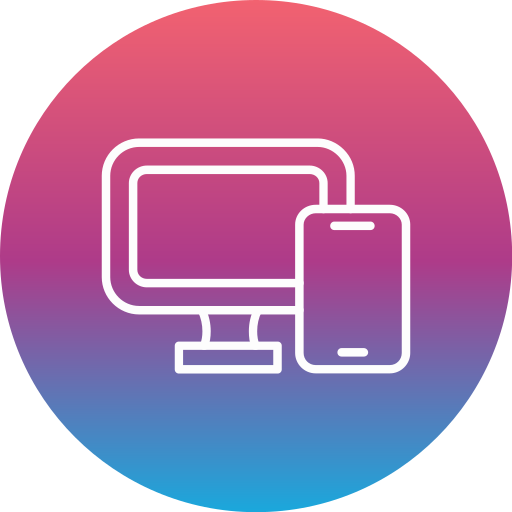C++ GUI frameworks
Diverse frameworks offer unique advantages for creating versatile applications.
Qt
Widely regarded as one of the most popular and comprehensive frameworks for C++ GUI development, used across various industries for its extensive set of features and cross-platform capabilities.
wxWidgets
Popular for its native look and feel across platforms and a broad user base, especially in applications requiring a traditional desktop interface.
GTK+
Commonly used in the Linux environment, it also has a significant presence in cross-platform applications due to its mature ecosystem and support.
JUCE
Especially popular among developers working on audio, music, and sophisticated graphics applications, offering a wide range of functionalities.
CEGUI
While more niche, it's favored in game development for customizable game interfaces.
CEF
Gaining popularity for embedding web content in applications, particularly for projects that integrate web technologies closely.
NANA
Gaining traction for its modern approach to GUI development, emphasizing ease of use and efficiency.
Selecting the right GUI framework for your C++ project
Choosing the appropriate C++ GUI framework is essential for the success of your project.
Assess Compatibility
Ensure the framework supports all target platforms (Windows, macOS, Linux, mobile).
Assess Performance
Consider the performance implications of the framework, especially for resource-intensive applications.
Active Community
Look for frameworks with comprehensive documentation and active community or commercial support. A large, active community can provide valuable help, plugins, and third-party tools.
Consider Application Look
Some frameworks use the native GUI toolkit of the operating system, providing a look and feel that matches other native applications. If your application needs a unique or highly customizable interface, choose a framework that offers flexible theming and styling options.
Open Source vs. Commercial
Determine whether an open-source framework meets your needs or if a commercial product with support is more suitable. Make sure the framework's license is compatible with your project's licensing and distribution plans.
Long-term Viability
Choose a framework that is actively maintained and updated to ensure future compatibility with operating systems and standards.
Test with Prototypes
Before making a final decision, prototype key parts of your application with your top framework choices to evaluate how well they meet your needs in practice.


